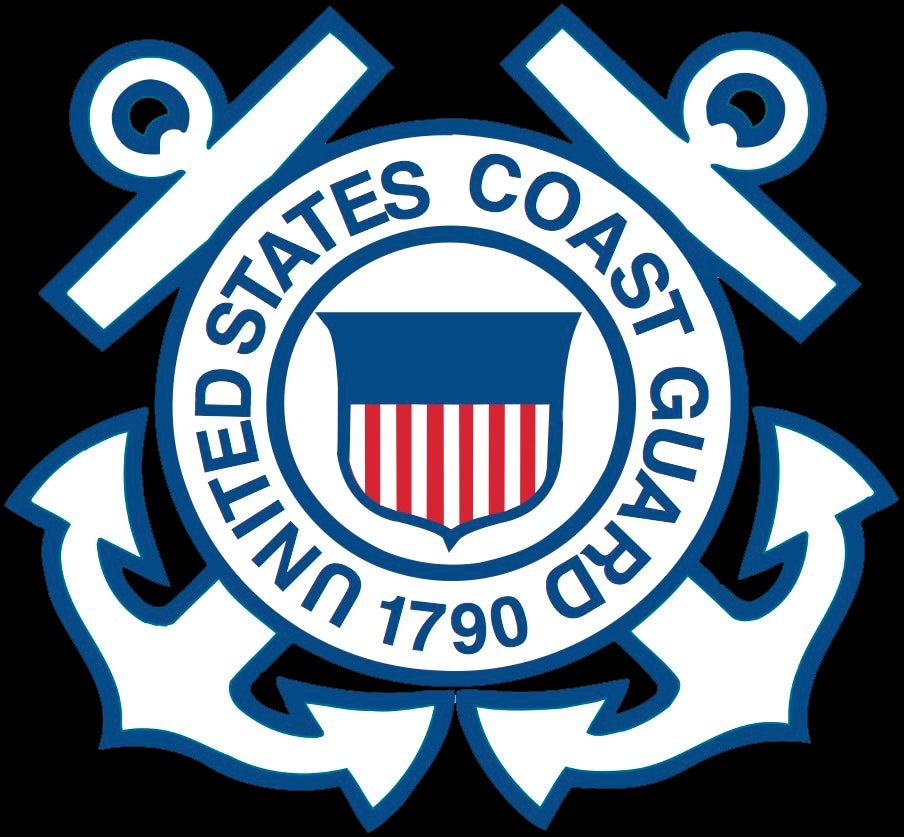This project assists the United States Coast Guard (USCG) by developing a decision support tool to accurately predict specific heavy weather impacts of high wind, wave, or sea inundation to its critical infrastructure at the hyper-local level. Better planning tools can help operators understand the impact of heavy weather on their facilities, ensure uninterrupted operational readiness, and build resiliency of the Marine Transportation System. A USCG Coastal Hazards, Analysis, Modeling, and Prediction (USCG-CHAMP) system can provide a quantitative and actionable decision-making tool for increasing resilience and determining coastal infrastructure risks at the hyper-local scale.It advances storm modeling and simulation capabilities through a near-real-time hazard and impact prediction system for hurricanes and nor’easters in Southern New England. USCG-CHAMP displays local critical infrastructure managers’ concerns for storm hazards and integrates them with ADvanced CIRCulation (ADCIRC) Model wind, wave, and storm surge outputs in an online dashboard viewer. This demonstration project will collect HCT data for approximately selected Coast Guard facilities in Sector Southeastern New England and parts of Sector Long Island Sound, develop a dashboard for planning and training purposes, and build custom reports and operations. A steering committee of USCG representatives will guide project activities.
USCG-CHAMP can be used for long-term planning for critical infrastructure resilience (i.e., hazard mitigation planning, exercises, and training using historical or theoretical storm models simulations) and emergency response operations using near-real-time storm model predictions. It consists of:
- High-resolution wind and flood prediction during hurricanes and nor’easters by ADCIRC model
- A methodology to collect qualitative “Consequence Thresholds” for USCG facilities;
- An online interactive dashboard viewer displaying consequences from storm impacts;
- A secure Infrastructure Assets Consequence; Thresholds (IACT) database for storage and management of data, tiered access, and integration with ADCIRC-Surge Guidance System;
A mobile application and web tool for self-reporting and updating georeferenced consequence thresholds data
USCG-CHAMP helps facility managers determine when damage may occur to infrastructure (e.g., when a network server room may flood) and also captures consequences (e.g., loss of communications across a sector dependent on that network). Integrating local concerns collected directly from USCG facility managers with high-resolution storm model outputs aids emergency managers in allocating resources and anticipating the challenges of an imminent storm.
End-user Focus – This project engages key end-users in the development and dissemination of the tools to make them relevant and useful in planning and response, including:USCG Sector Southeastern New England, FEMA Region 1, NOAA National Weather Service (NWS) Northeast, Department of Homeland Security Science and Technology
The system is designed in partnership with the USCG emergency managers for use by the USCG/ However, the tool and the data collection methodology are scalable and tailorable to other regions and end-users.

